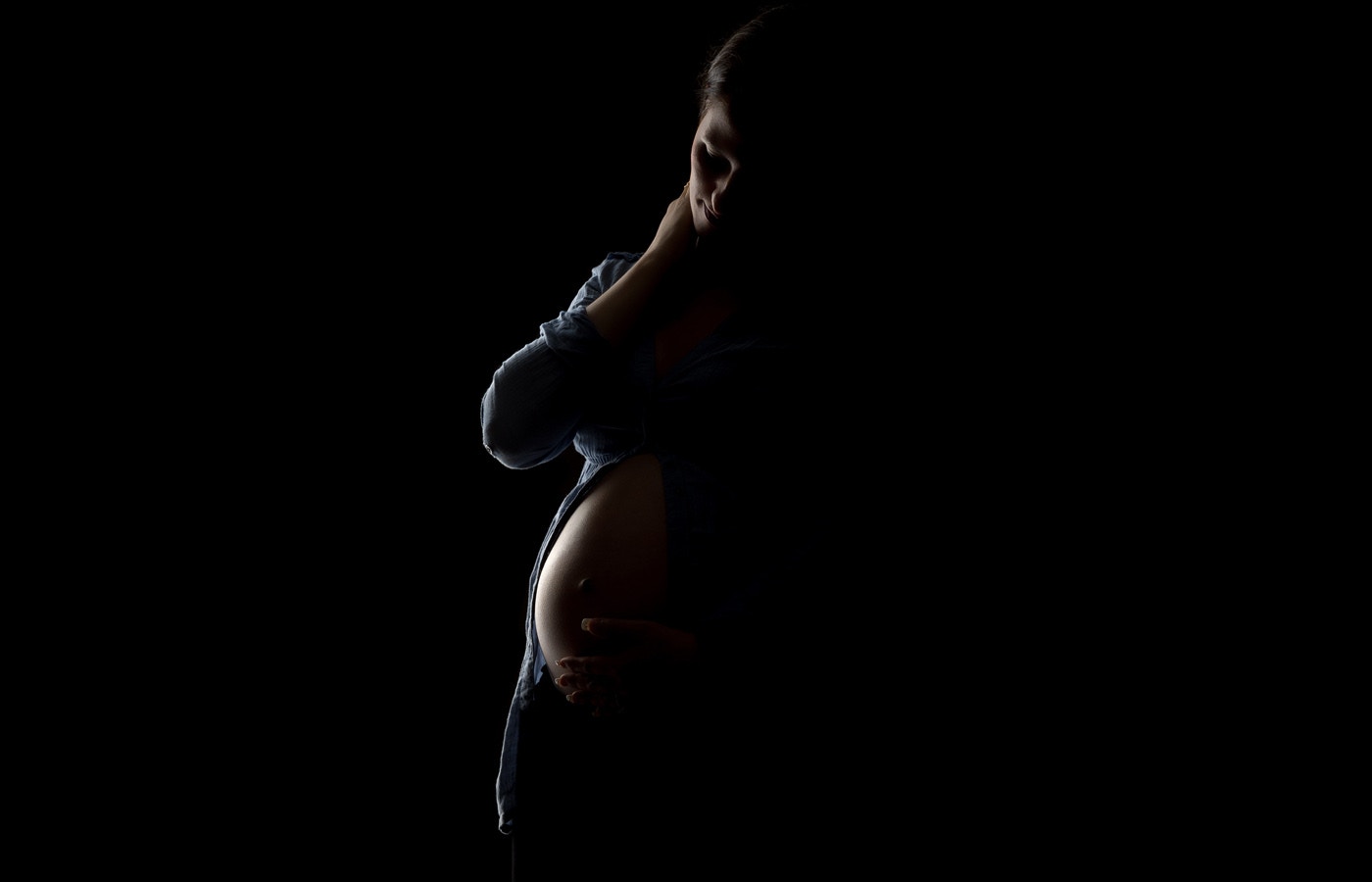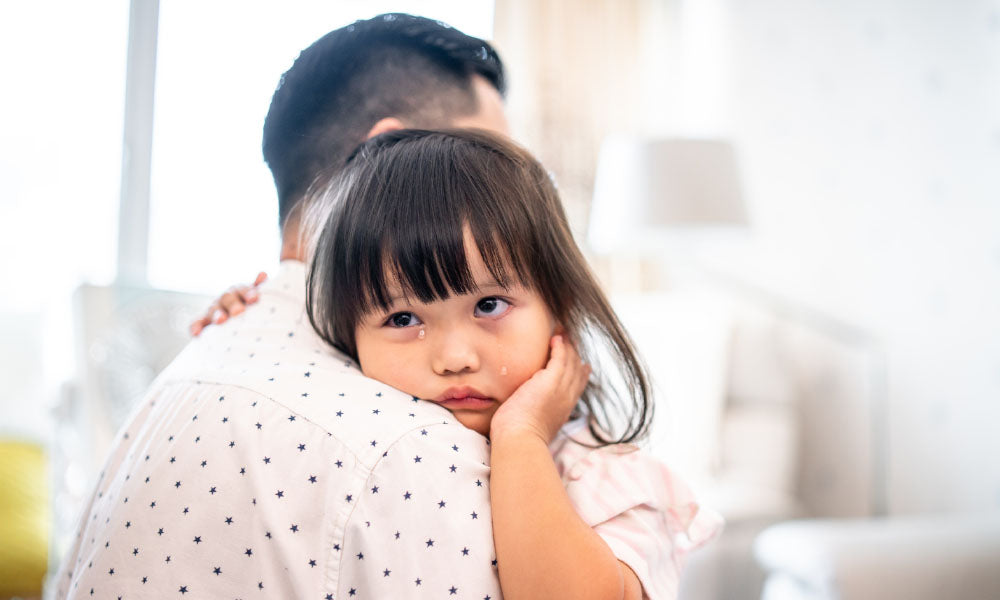As I write this, I'm in my seventh month of pregnancy. My torso is roughly the size and shape of a pumpkin ready to be plucked from the vine. I feel bigger by the day.
Before I can mentally acclimate to each day’s increased girth, I must physically adjust to what feels like an ever-widening circumference and the ways in which I must fill and move through space differently: new maneuvers to roll out of bed, a wider stance when bending over my son’s crib in the morning to greet him. It is a distinct state of being a woman that I have, in all honestly, cherished.
I've observed such women my entire life. We live with these bodies, these fecund distortions of what is the typical body – what a first grader might draw if that is her only instruction – as evidence of the miracle of nature and reproduction. That a woman can house a growing other within herself for 40 weeks, and that her body can adapt to the requirements of such a task – no, that her body is designed to do just that – is a miraculous truth of nature and of our lives.
I, as such a woman with an odd-looking, yet ordinary changing daily shape, am never far from this wonder as I encounter myself in the mirror in the morning, or in a window reflection on my way into the grocery store, or as I contort to navigate around desks in my classroom. My body – the strangeness of it, the unwieldiness of it, the incredible gravity of it – is always on my mind.
I highly doubt that my size and shape is much on the minds of anyone else I may interact with these days, but I have not gotten used to the ways in which I am exposed as a pregnant body while in public. Unless I go to great efforts, I cannot hide this detail from the world.
As a woman who also walks around with a particular ring on a particular finger, I don't feel the threat of judgment that some pregnant women might, for example. But I am insecure at times. I do, however infrequently, wonder about judgments being placed on me.
Does the grocery store employee judge me for the six-pack of Fat Tire, marshmallows, and Ben & Jerry’s that comprise my order? Does something inside her wonder if the beer is for me and if she should make a joke about ice cream for dinner, hoping it will make me reconsider having ice cream for dinner for the sake of my unborn child who has no choice in the matter? Do the people at the gym consider my 30 minutes on the elliptical and 30 minutes throwing weights around as allowing my vanity to put at risk the “delicate” life I carry?
As a member of the majority class and race for my entire life, I have rarely, if ever, experienced such corporeal exposure. Sure, I had a period of neon pink hair in my teens, but, if I ever felt the need to retreat from whatever it was that my hair announced to the world, or whatever category it placed me in, it was easy enough to put on a hat. If I ever felt ridiculed, ostracized, or particularly burdened by this physical characteristic – one that I chose – I could always just dye it back to a color that did not elicit questions. Problem solved.
My body, and the fundamental shapes and colors that comprise it, has never been notable, has always fallen within the realm of “same,” “us,” “normal,” and, therefore, unremarkable. Because I have never really been the physical “other,” I've rarely had to confront just what it means to be the “same.”
Now, in this short window of time in which my midsection stretches skin forward like a bullfrog throat filling with air, I am, in the smallest of ways, experiencing being the physical other. The cultural context of this fact is mingled with a social and political discourse that I cannot believe. That America is in desperate need of a movement called Black Lives Matter is, in itself, sad for those of us who agree with the sentiment and see recent injustices against the black community as direct results of pervasive institutionalized racism.
I cannot compare how I feel about my pregnancy in this writing to the deeper implications of how the poet Sharon Olds describes a young black boy on a subway as “wearing / red like the inside of the body / exposed.”
I cannot compare how I feel about my pregnancy in this writing to what I read on the pages of Ta-Nehisi Coates’ sobering book "Between the World and Me" as he instructs his teenage son, and me, about the assaults against the black body in America. In this way, my consideration of the current state of my body and the ways in which it exposes me pales, mightily, in comparison to those who exist bodily and hourly as "other."
But still. My changing form, my enlargement, my sense that I have lost any control I once had over the shape of my body, has allowed me to consider what it might be like to be in a state of constant physical exposure. To have a body, a physical presence, a set of features or characteristics that are not so temporary or easy to hide or change or predict reactions to.
It also allows me to consider, daily, what is causing this change to my body. There is an entity pushing itself forward against its protective sac, the three layers of my uterine wall, and the fat and muscles between the outermost layer and my belly skin. It claims more room as its own body changes, becoming more and more the shape that we all recognize as fundamentally human. More than just human, my son, like his mother and father, will most likely enter this world with the characteristics of a person who fits most easily into it. He will fall within the realm of “same,” “us,” “normal,” because he will be male, middle-class, white and, as such, unexposed.
Knowing the very little that I know about the experience of black Americans, I can only make assumptions about what it must feel like to be always visible. I can only make assumptions about the weight and consequence of that visibility, one in which what is seen is unknown or misunderstood at best; feared or hated at worst.
How do I prepare the son harbored inside me for a world that already has rules about the shapes and colors and features he will carry through it? How and when and why and to what degree do I share with him the realities of his world that I do not fully know myself and that he is unlikely to be confronted with because he is not black, and he is not other? Why is it so important that I do so?
My husband and I were playing with our 22-month-old in our backyard the other day. We reached the property line behind our house, which is a paved alley that separates ours from the next backyard. A teenaged boy, maybe 13, was walking up the alley, and we both noticed him. He was black, and in that moment, I had to wonder if I noticed him because of that fact.
As I watched him pass, I simultaneously wondered who he was and where he was going and questioned myself for doing so. If he were white, would I have spent any mental energy on him at all, or would he have occupied my observations as a bird does, a presence that is so commonplace in my world – the world of my backyard, the world of my daily life – that it requires no extra thought, that it appears, but nearly invisibly so? My additional attention to this black boy made my fourth thought one of guilt, but it did not erase whatever had shaped my first three curiosities.
After my son is born, I will return to the size and shape that have so far protected me from judgments, perceived or real, and that carry me through life relatively unexposed and, therefore, complacent in my sameness. But I should remember, for the sake of both of my sons, what it feels like to be other in this world into which they will grow.



